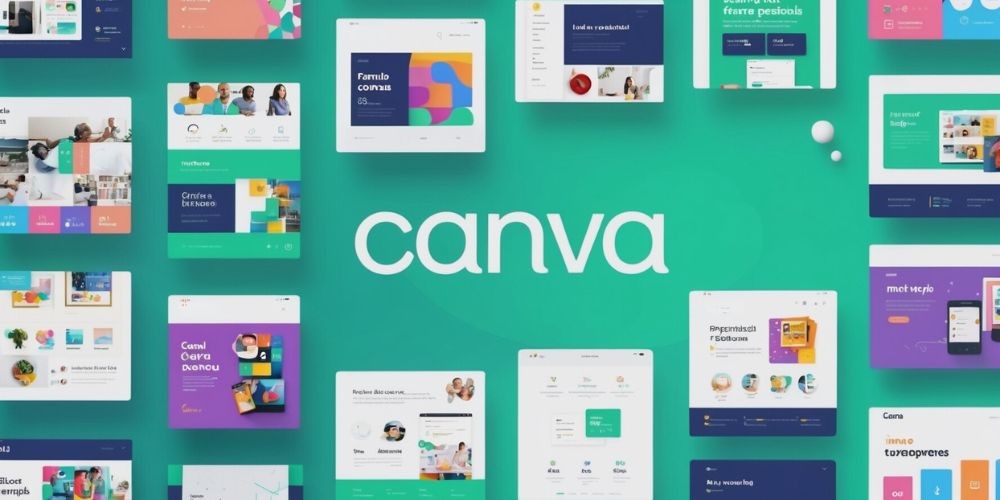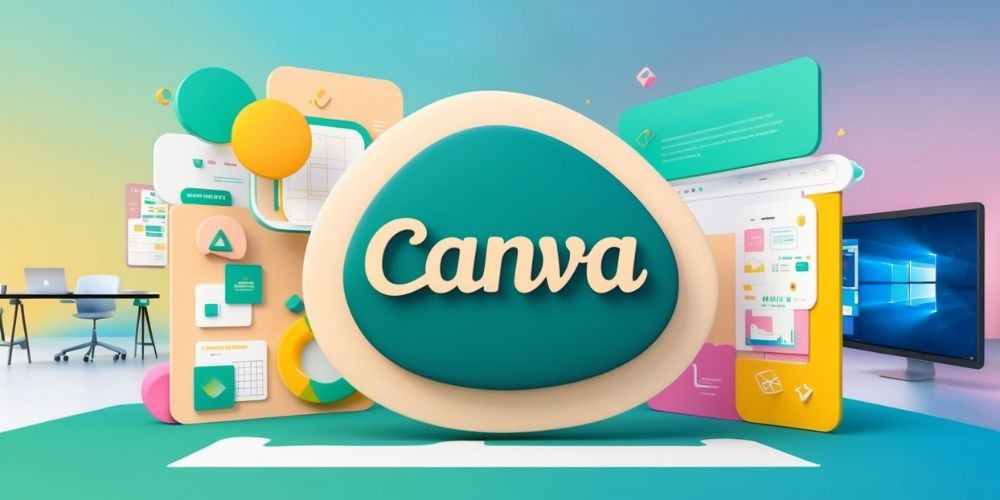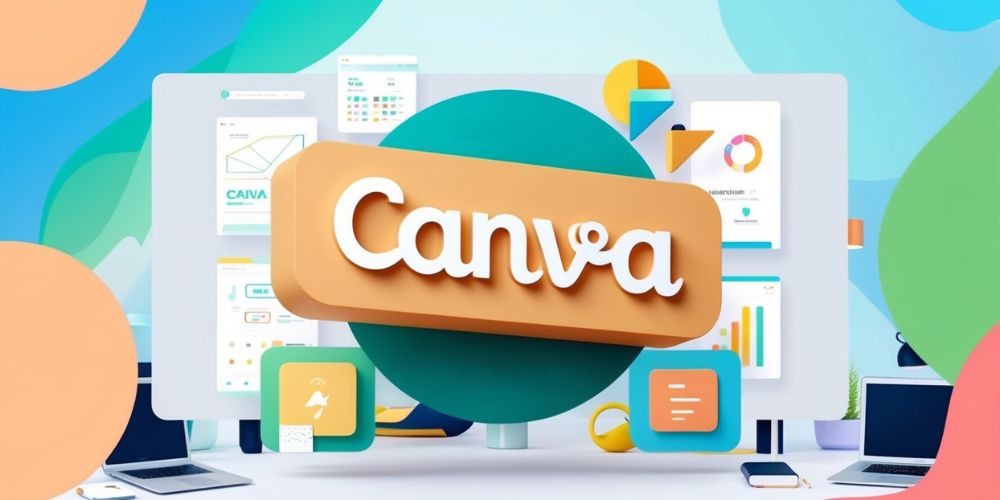Canva Unveiled: The Design Tool for Non-Designers
Aug-24-2024

Whether you're a small business owner, a marketer, or just someone looking to create some appealing social media posts, Canva offers a user-friendly way to get your visual content looking professional. Launched in 2013 by Melanie Perkins, this browser-based design tool boasts over 185 million monthly active users globally. But how effective is it for professional use? This article delves into Canva’s features, usability, pricing, and the value it provides to its users.
Exploring Canva's Core Features

Canva provides a range of tools designed to simplify the design process. Its platform offers customizable templates that cover various types of categories, such as graphics for social media, presentations, posters, and videos. Users have access to a drag-and-drop editor, ensuring ease of use for even the most design-challenged individuals. Additionally, Canva’s ‘elements’ library offers a vast collection of royalty-free images, videos, and graphics to complement templates.
Furthermore, Canva’s AI tools, including the ‘Magic Studio’ feature set, introduce a new layer of creativity. Magic Studio encompasses 14 AI-driven tools, such as Magic Eraser, Magic Switch, and Magic Expand, providing users with automated solutions for design adjustments. Overall, these features make Canva an accessible and versatile tool suitable for various design needs.
How User-Friendly is Canva?

One of Canva’s strongest selling points is its user-friendly interface. When users log in, they are greeted with a question: ‘What will you design?’ From there, Canva offers a search bar and icons for common design types like presentations and social media posts. Selecting the option leads to the appearance of many patterns, which makes it easier for users to choose a starting point for their projects.
Editing a design in Canva is straightforward. Users can click on template elements like text and images and adjust them using simple controls. Canva’s recent addition, the ‘Canva Assistant,’ further enhances usability. This chatbot-style tool assists users in quickly locating design assets or features, streamlining the design process. With its interface available in over 130 languages, Canva ensures that it is accessible to a global audience.
Advanced Editing Capabilities

While Canva is known for its simplicity, it also offers enhanced functionality for those who need more customization. Users can import their assets, including images, audio, and fonts. This feature is especially useful for companies looking to maintain brand consistency. Canva's photo editing tools allow users to adjust brightness, contrast, saturation, and more, or apply filters similar to those found on Instagram. The auto-adjust feature makes photo editing even easier..
Moreover, Canva’s background remover tool enables users to isolate subjects from their backgrounds effortlessly, useful for creating professional headshots and YouTube thumbnails. For users looking to design more interactive content, Canva’s integration with ‘Flourish’ allows the creation of detailed, interactive data visualizations. These features collectively make Canva a robust tool suitable for a range of design tasks, from basic edits to more complex visual projects.
Team Collaboration and Brand Consistency

Creating a cohesive brand identity is crucial for businesses, and Canva helps streamline this process through its ‘brand hub’ feature. This feature allows businesses to upload logos, define color palettes, and set specific fonts, ensuring that all team members stay on-brand. Paid plans offer additional functionalities such as ‘brand templates’ and ‘brand controls,’ restricting the use of unauthorized colors or fonts by team members.
Canva’s ‘Magic Switch’ tool further aids in maintaining consistency by allowing users to repurpose designs for various platforms seamlessly. Whether converting a blog banner into a Facebook post or translating content into another language, Magic Switch automates these tasks. These features make Canva particularly suitable for coordinated marketing efforts and consistent branding across multiple channels.
Pricing and Value for Money
Canva’s pricing model offers several tiers, starting with a free version that is quite functional, albeit with some limitations. The ‘Canva Pro’ plan costs $15 per month for one user and includes access to advanced features and a broader range of templates and assets. The ‘Canva Teams’ plan, starting at $10 per user per month (with a minimum of three users required), introduces additional collaborative functionalities, making it ideal for businesses.

For larger organizations, the ‘Canva Enterprise’ plan offers customizable pricing and includes advanced control features, priority support, and dedicated account management. Despite recent price increases, Canva remains a cost-effective solution compared to other design tools. Given its extensive library of templates and assets, coupled with powerful AI features, Canva provides excellent value for its price.
Conclusion
Canva succeeds in its mission to make graphic design accessible to non-designers. With its vast array of templates, user-friendly interface, and advanced editing features, it offers something for everyone. While it may not completely replace professional graphic design tools for more complex projects, it certainly bridges the gap for everyday design needs. However, its limited output formats and lack of phone support may be drawbacks for some users.
Ultimately, Canva is an invaluable resource for individuals and companies who want to create professional-looking designs quickly and affordably. Its range of features, from Magic Studio’s AI tools to brand consistency functionalities, make it well worth considering for anyone needing visual content creation.







